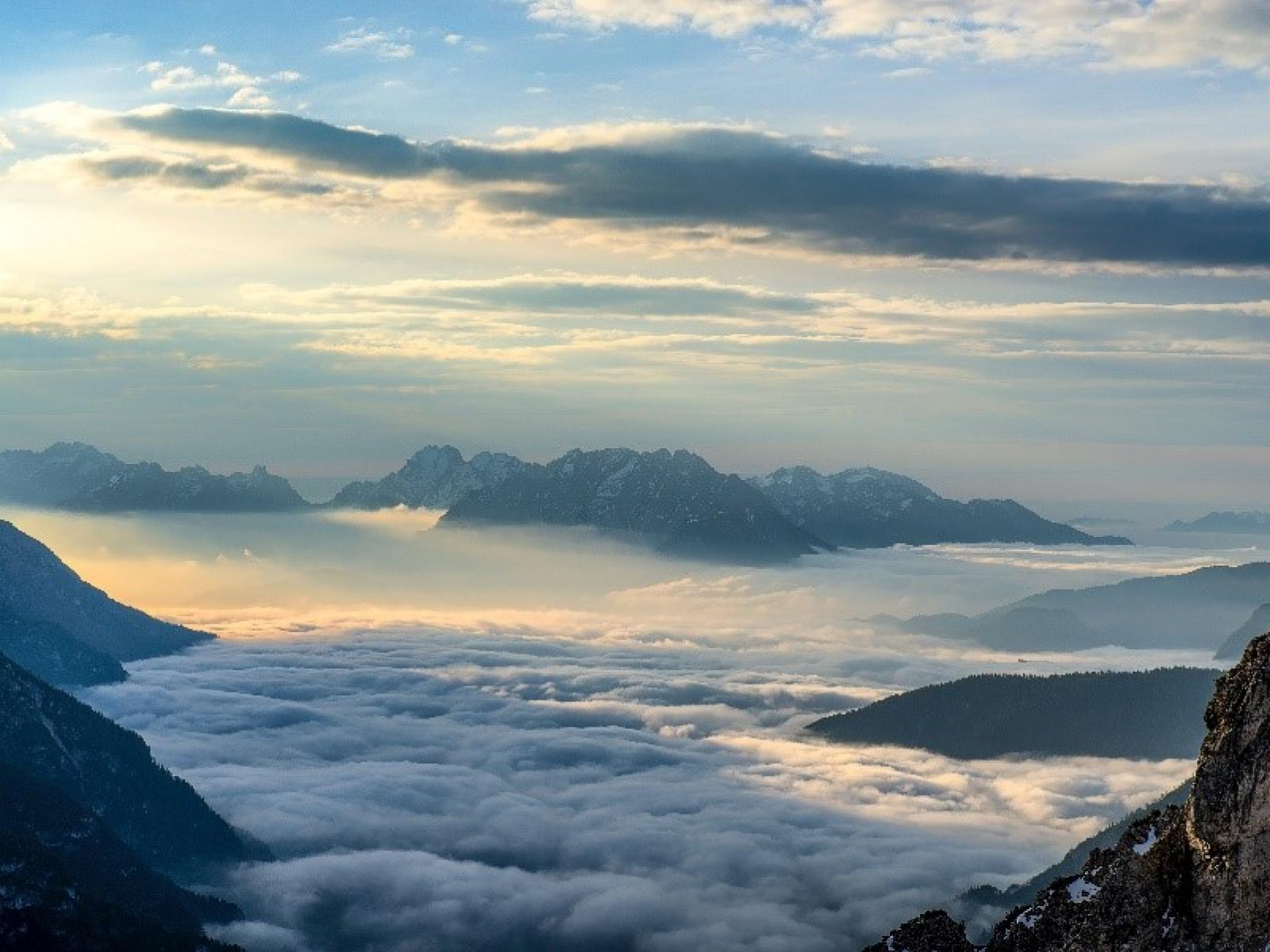Understanding the Conditions of Efficient Ice Nucleation
Separation and investigation of ice residuals crystallizes the picture of ice nucleating efficiency

Researchers aim to understand the nature and abundance of Ice Nucleating Particles (INPs) and ice formation in clouds.
Photo by v2osk on Unsplash
The Science
Atmospheric aerosols serve as ice nucleating particles under wide temperature and humidity conditions. Pacific Northwest National Laboratory conducted an experiment that probed the nucleus-forming efficiency of atmospheric Ice-Nucleating Particles (INPs) and fractions of INPs that nucleated ice. Using two ice nucleation chambers, the study found that ice particles, once nucleated, are more efficient at forming ice in the next ice nucleation event.
The Impact
This study determined the characteristics of individual INPs that effectively activated droplet and ice from infinite possible ice formation combinations observed in the atmosphere.
Summary
Not enough is known about the nature and abundance of INPs and ice formation in clouds. A large fraction of the precipitation that forms is a result of ice processes, but very little is known about ice formation as it involves multiple ice-nucleation processes and complex aerosol surfaces. For this experiment, two ice nucleation chambers were connected via a counterflow virtual impactor to understand the pre-activation behavior of ambient INPs. Larger ice crystals from the first ice chamber were separated, counted, and sublimated. Theoretical simulations were performed to understand the temperature and humidity conditions within the heat exchanger used to transfer the residues from first chamber to second. In the second ice chamber, ice crystals that induced nucleation of ice were counted. It was observed that the fraction of ice residuals that initiated nucleation of ice more efficiently than primary INPs, suggesting the importance of pre-activation behavior of aerosol.
PNNL Contacts
Jerome Fast, Pacific Northwest National Laboratory, Jerome.Fast@pnnl.gov
Gourihar Kulkarni, Pacific Northwest National Laboratory, Gourihar.Kulkarni@pnnl.gov
Funding
This research was supported by the Office of Science of the U.S. Department of Energy (DOE) as part of the Atmospheric Research Program.
Published: August 11, 2020
Kulkarni, G., "Immersion Freezing of Total Ambient Aerosols and Ice Residuals." Atmosphere 2018, 9, 55. DOI: 10.3390/atmos9020055